Barcelona ranks among Europe’s most visited cities, drawing millions of tourists annually to its iconic landmarks. While the bustling energy contributes to its charm, the constant crowds can overwhelm even the most seasoned travelers.
Many visitors never discover that beyond the packed tourist hotspots lies a calmer, more authentic Barcelona waiting to be explored. Here is a list of 20 surprisingly quiet attractions and activities in Barcelona that offer respite from the tourist masses while delivering authentic experiences.
Joan Miró Foundation
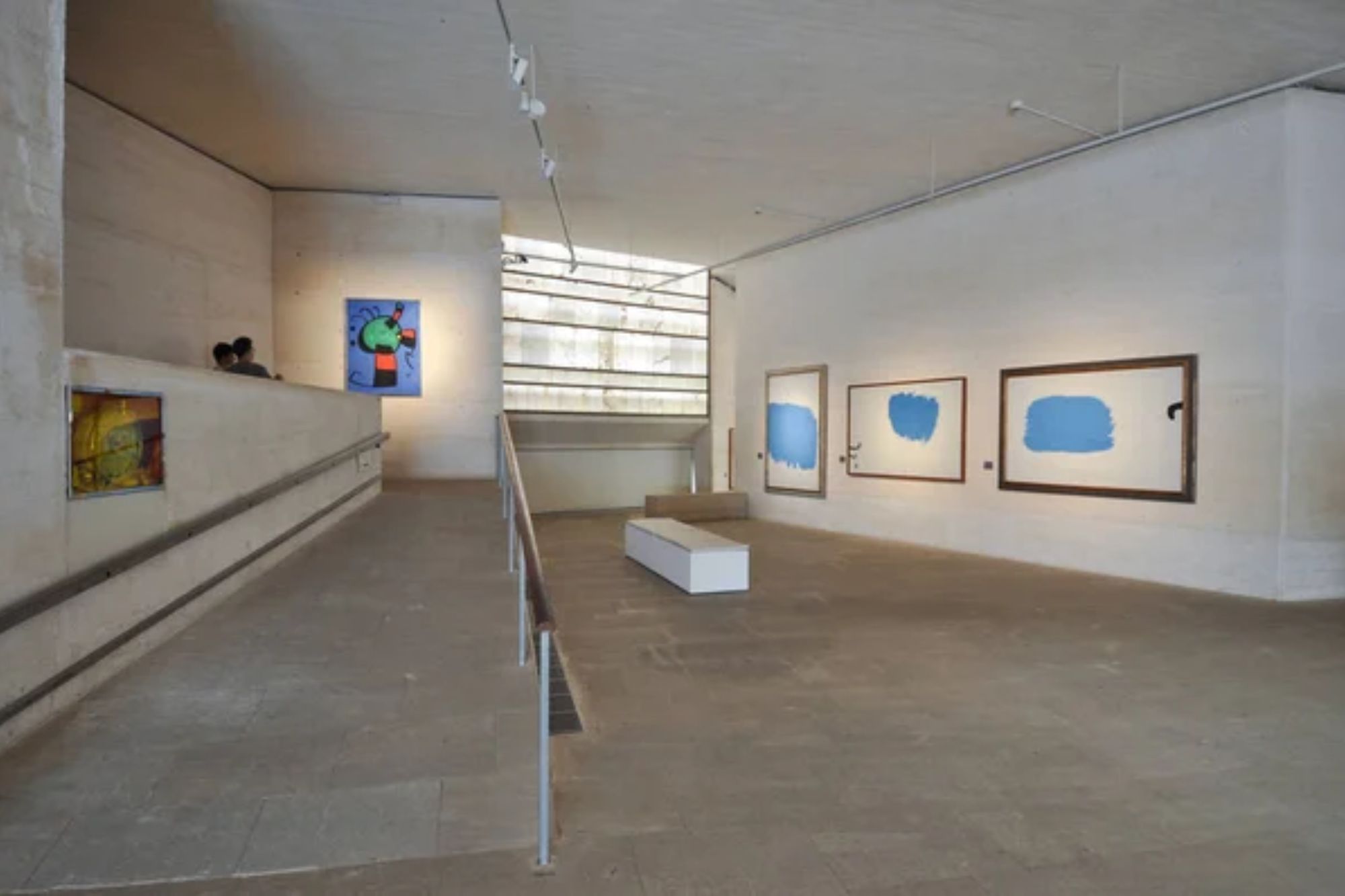
Perched on Montjuïc hill, this striking white museum houses an impressive collection of Catalan artists’ works in a peaceful setting. The building, designed by Josep Lluís Sert, features thoughtful architecture with sunlit courtyards and terraces that provide stunning city views.
Visitors can contemplate Miró’s colorful surrealist pieces without the elbow-to-elbow crowds found at more popular museums.
Horta Labyrinth Park
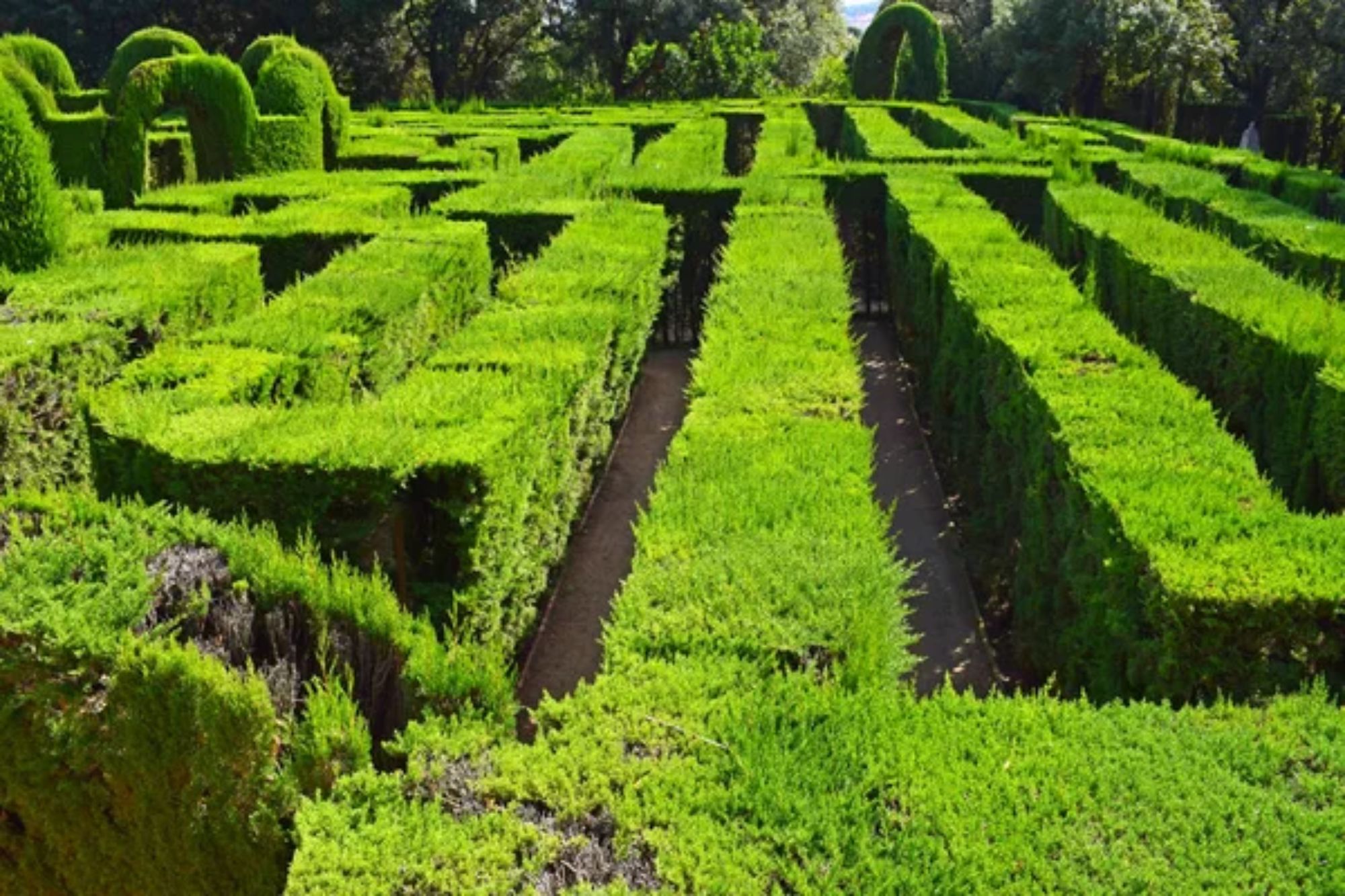
This hidden gem contains Barcelona’s oldest garden, dating back to the 18th century. The meticulously maintained hedgerow maze forms the centerpiece of a neoclassical garden filled with mythological sculptures, pavilions, and peaceful fountains.
Morning visits especially reward early risers with an almost private experience among the geometric patterns of this historic green space.
Hospital de Sant Pau

Just blocks from the perpetually crowded Sagrada Família stands one of Barcelona’s most overlooked architectural masterpieces. This Art Nouveau complex, designed by Lluís Domènech i Montaner, served as a working hospital until 2009, when it was restored as a UNESCO World Heritage site.
The ornate pavilions connected by underground tunnels offer breathtaking details without the throngs of the city’s more famous attractions.
Like Travel Pug’s content? Follow us on MSN.
Tibidabo Mountain Hiking Trails
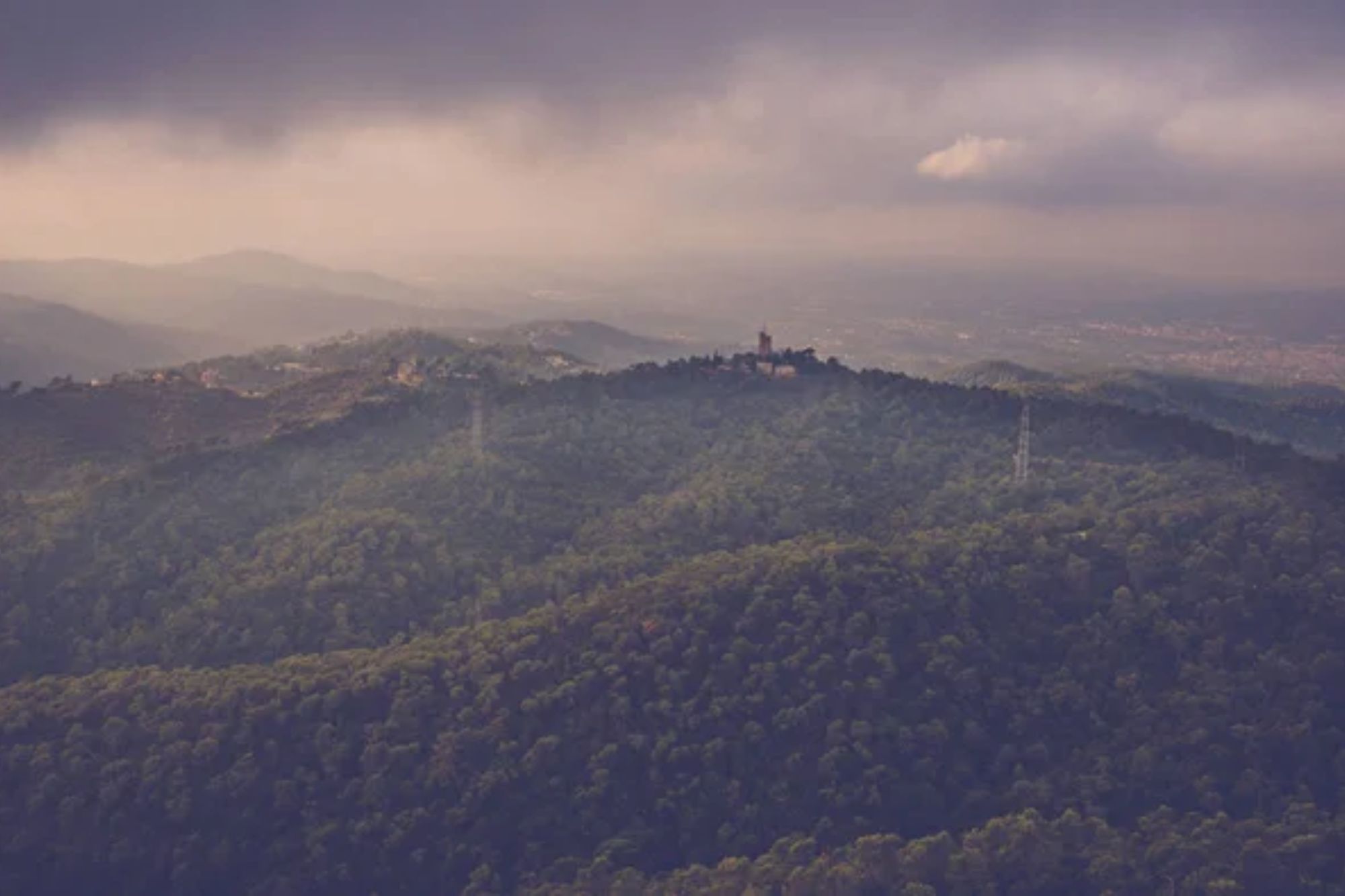
While tourists flock to the amusement park at Tibidabo’s summit, the network of hiking trails along its slopes remains surprisingly serene. These well-maintained paths wind through pine forests with occasional clearings that reveal spectacular panoramas of Barcelona and the Mediterranean.
The varied routes accommodate different fitness levels, making this natural escape accessible to most visitors.
El Born Cultural Center
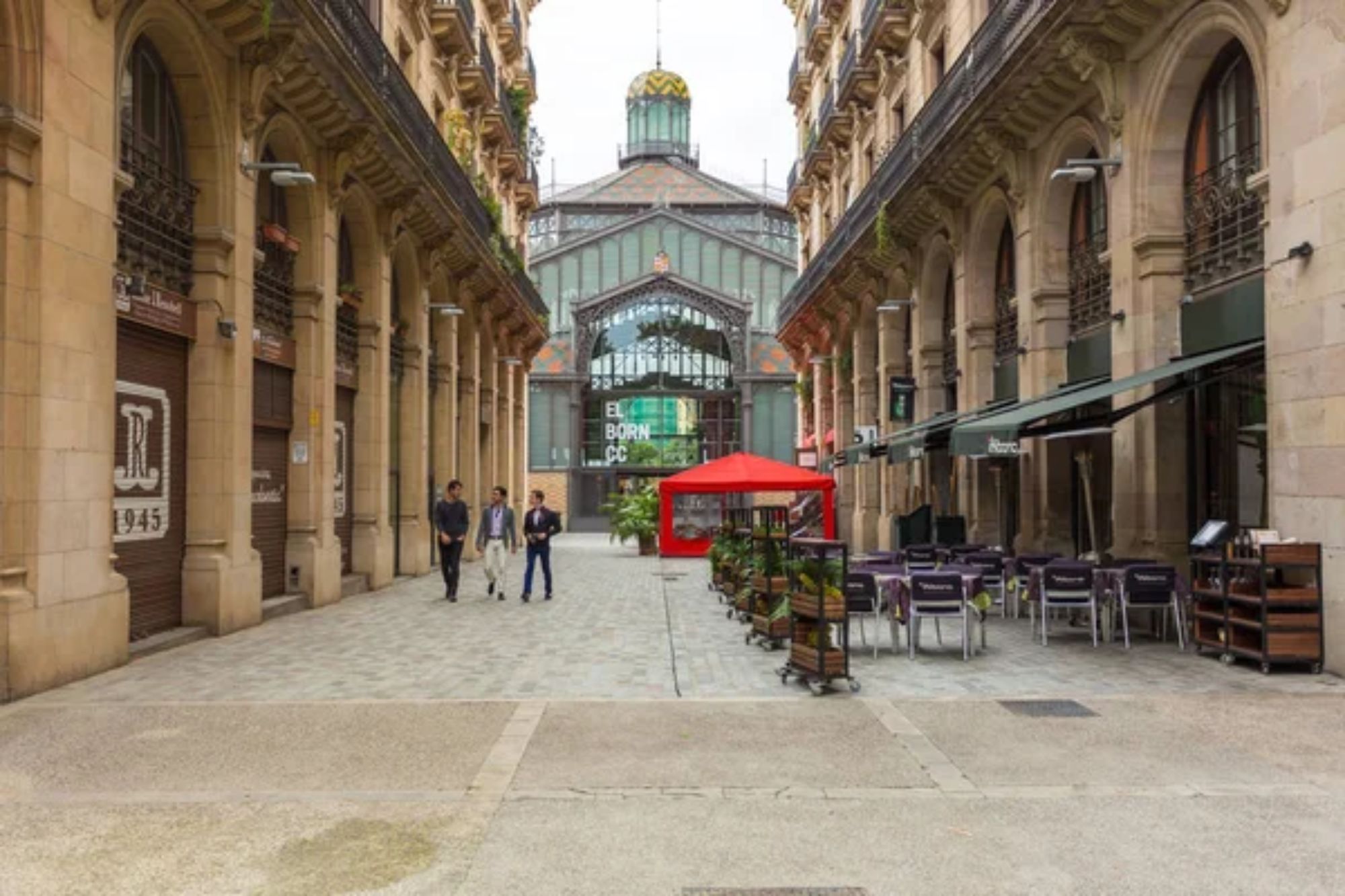
Housed in a restored 19th-century market building, this cultural center showcases archaeological remains from the 1700s beneath a soaring iron framework. The excavated neighborhood provides a fascinating glimpse into life before the Siege of Barcelona.
Despite its central location, the spacious interior never feels crowded, and the surrounding streets offer charming café terraces for peaceful people-watching.
Botanical Garden of Barcelona
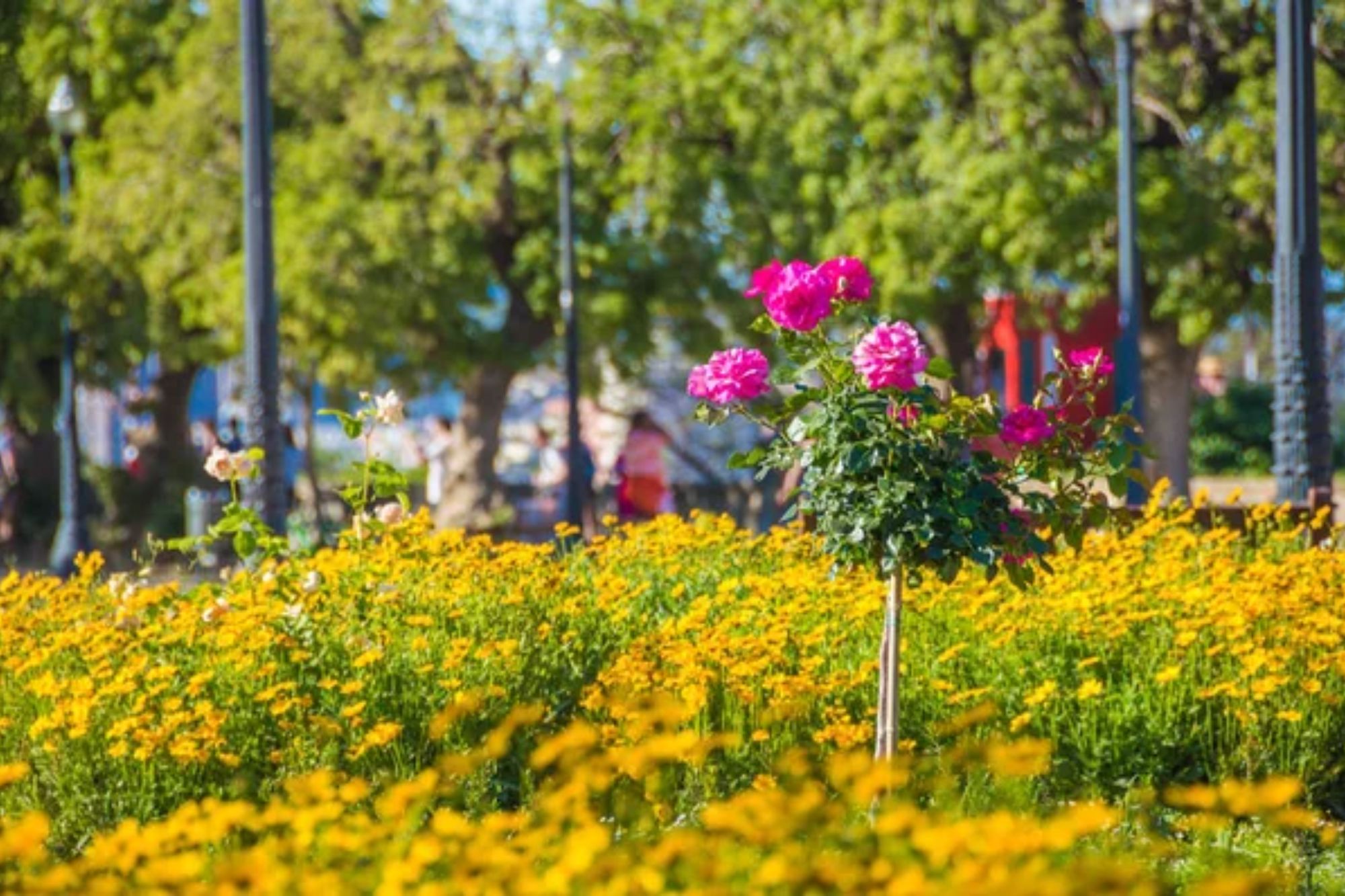
Nestled on Montjuïc’s slopes, this modern botanical garden showcases Mediterranean ecosystems from around the world. Organized geographically rather than by species, the plantings recreate natural landscapes from California, Chile, South Africa, and Australia alongside native Catalan flora.
The thoughtful design provides quiet contemplation spaces with seasonal blooming patterns that reward repeat visitors.
Like Travel Pug’s content? Follow us on MSN.
Santa Maria del Mar
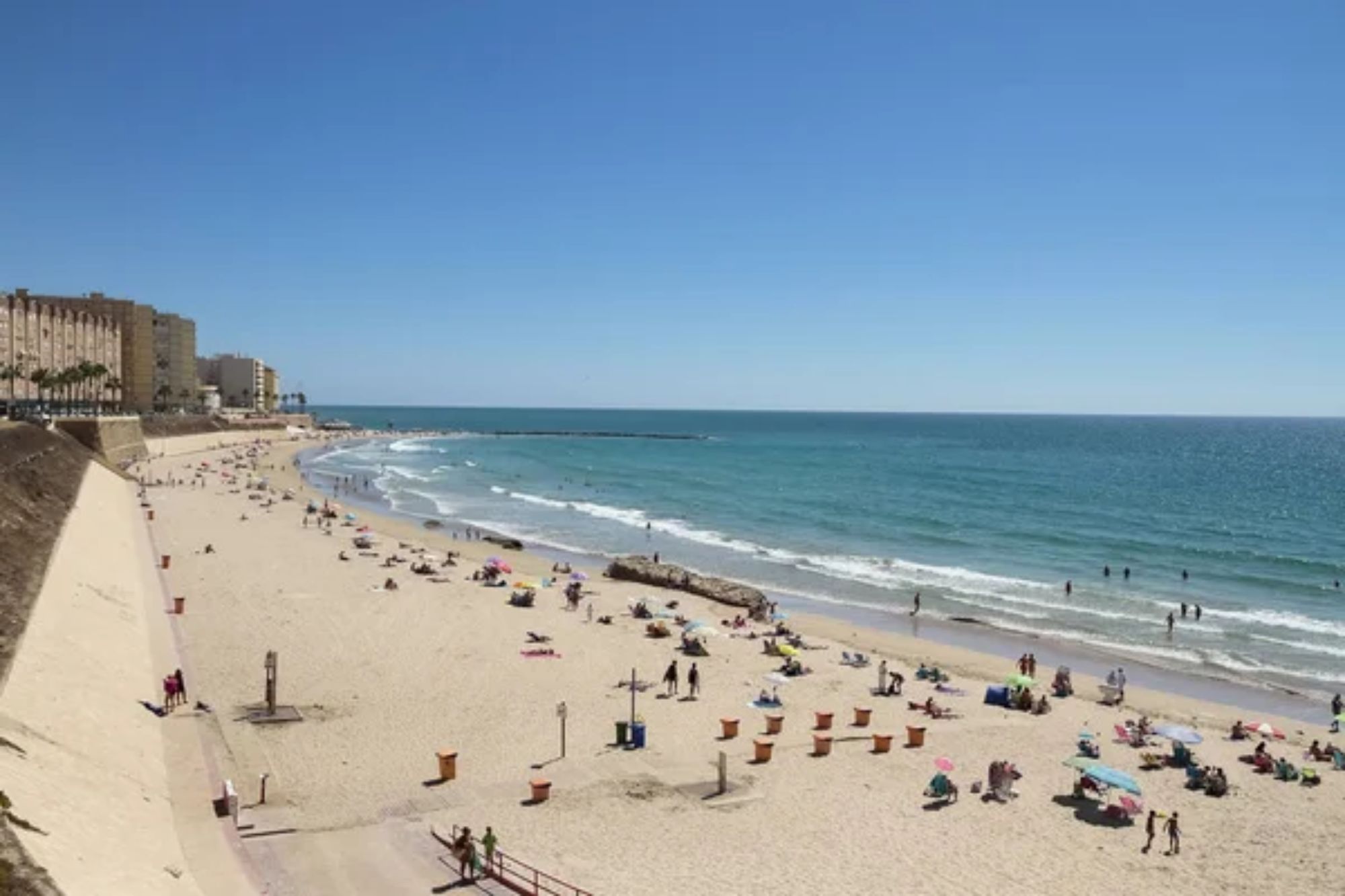
While tourists queue for Barcelona Cathedral, this perfectly proportioned Gothic church in the El Born district offers equally impressive architecture with minimal crowds. Nicknamed the ‘Cathedral of the Sea,’ its harmonious interior creates a serene spirituality enhanced by light filtering through stained glass windows.
Early mornings or late afternoons provide the most tranquil visiting experience.
Carretera de les Aigües
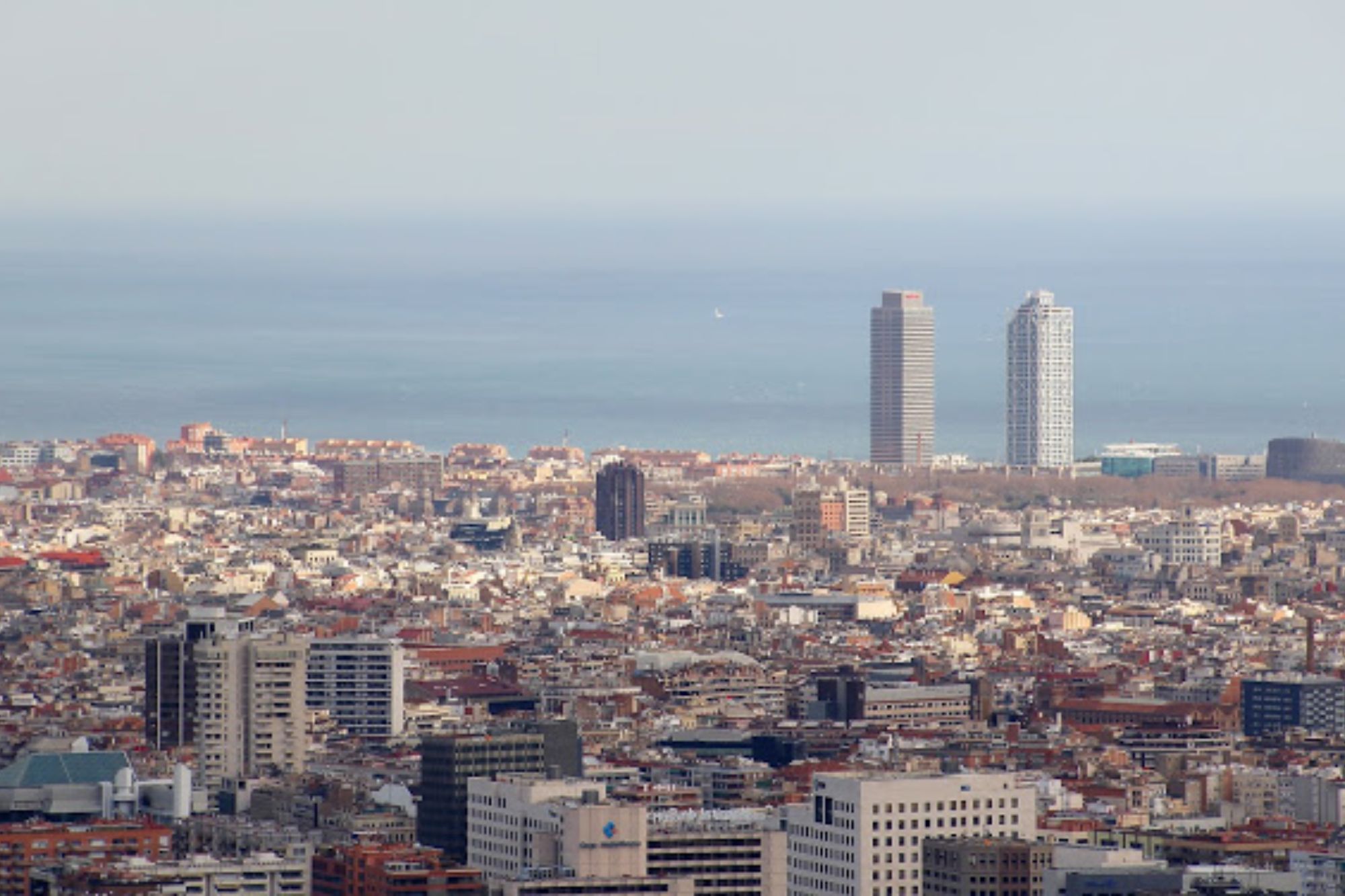
This flat dirt path traversing the Collserola mountain range provides one of Barcelona’s best viewpoints without demanding serious hiking skills. The ‘Road of Waters’ follows an old service route with minimal elevation change, making it popular with local joggers and cyclists.
At nearly 10 miles long, the trail offers plenty of space for visitors to spread out while enjoying panoramic vistas of the city below.
Palau de la Música Catalana Tour

While evening concerts pack this modernist masterpiece, morning tours offer a more contemplative way to appreciate the architectural details. The concert hall’s use of color and light in these Antoni Gaudí’s contemporary Lluís Domènech i Montaner at his creative peak.
The guided experience includes areas not accessible during performances, including the ornate exterior façade and sculptural elements.
Like Travel Pug’s content? Follow us on MSN.
Mercat de Sant Antoni
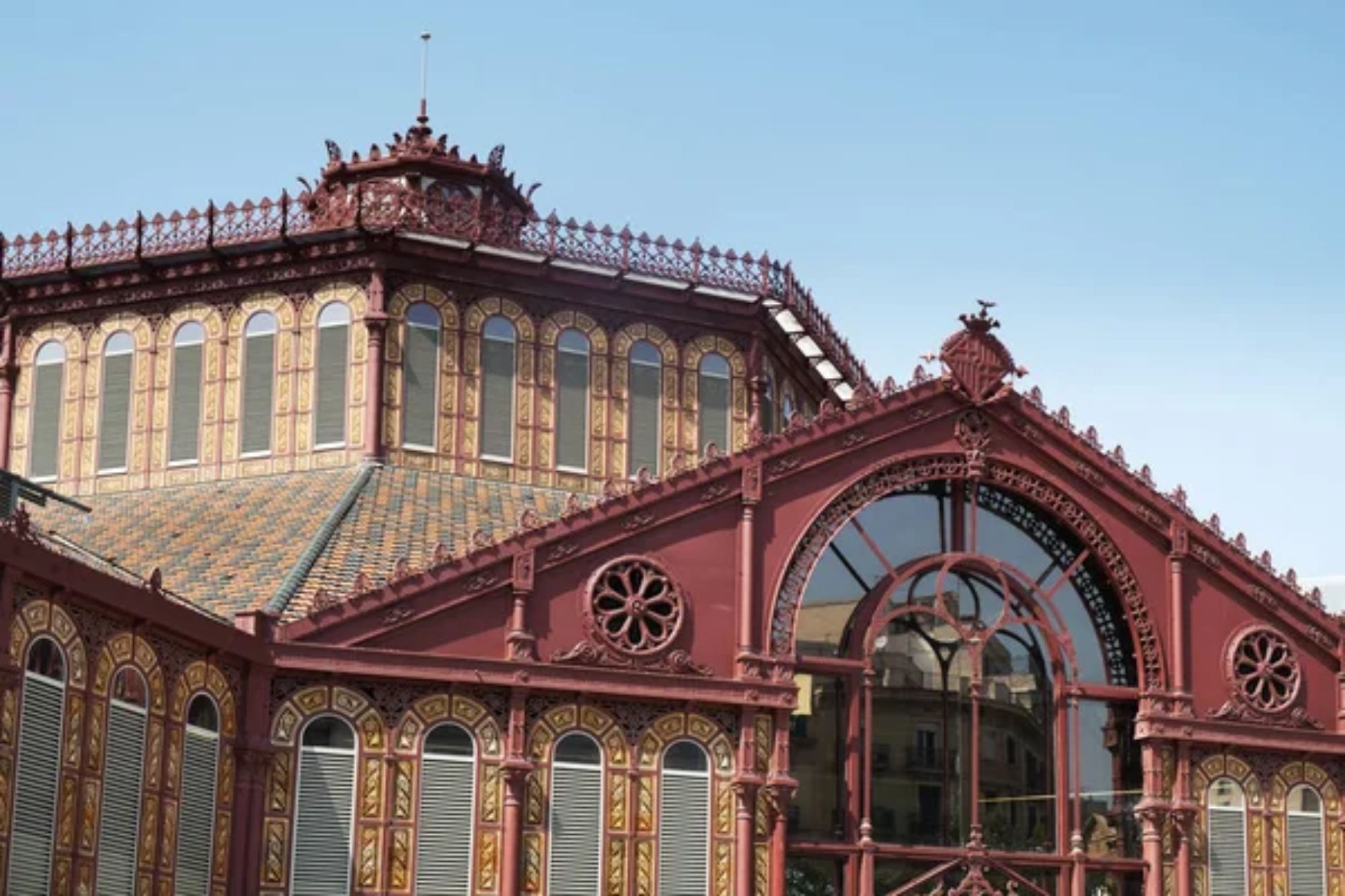
Recently renovated after nine years of meticulous work, this neighborhood market provides an authentic shopping experience away from the tourist-focused Boqueria. Residents browse for fresh produce, meats, and household goods under the restored 19th-century ironwork roof.
The surrounding streets have a vibrant dining scene, with quiet café terraces perfect for morning coffee or afternoon vermouths.
Palau Robert Gardens

Hidden behind an imposing neoclassical mansion, these compact gardens provide a peaceful retreat just steps from the busy Passeig de Gràcia. Mature trees shade gravel pathways winding through Mediterranean plantings, creating natural rooms for quiet conversation or reading.
The former private residence now houses rotating exhibitions that rarely draw large crowds, maintaining the property’s tranquil atmosphere.
Torre Bellesguard
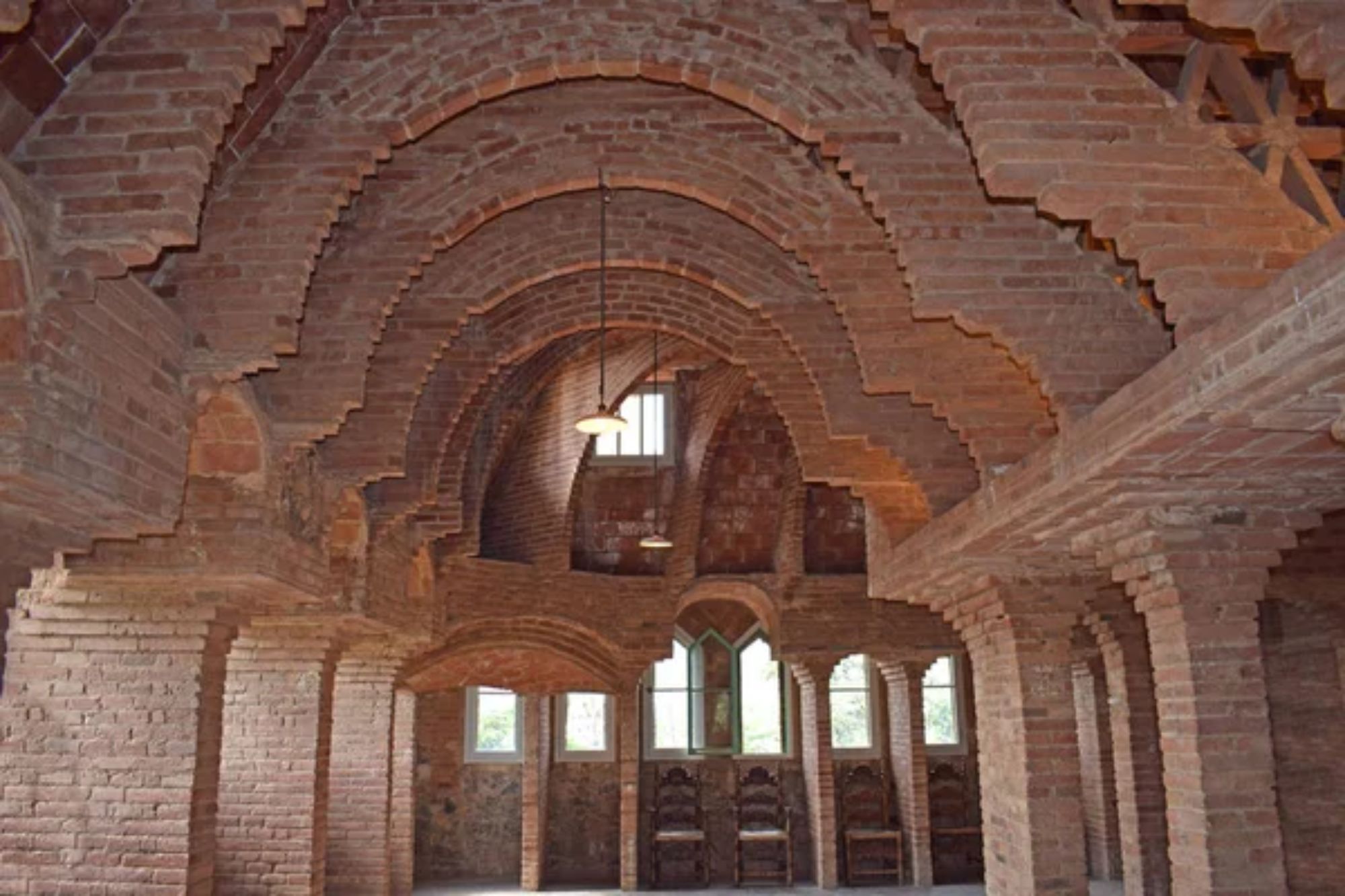
This lesser-known Gaudí creation combines Gothic and modernist elements in a fortress-like structure commissioned by a Barcelona industrialist. Located in an upscale residential neighborhood away from tourist routes, the building receives a fraction of visitors compared to Gaudí’s more famous works.
The intimate guided tours highlight architectural details while explaining the historical context of this unique structure.
Like Travel Pug’s content? Follow us on MSN.
Montjuïc Cemetery
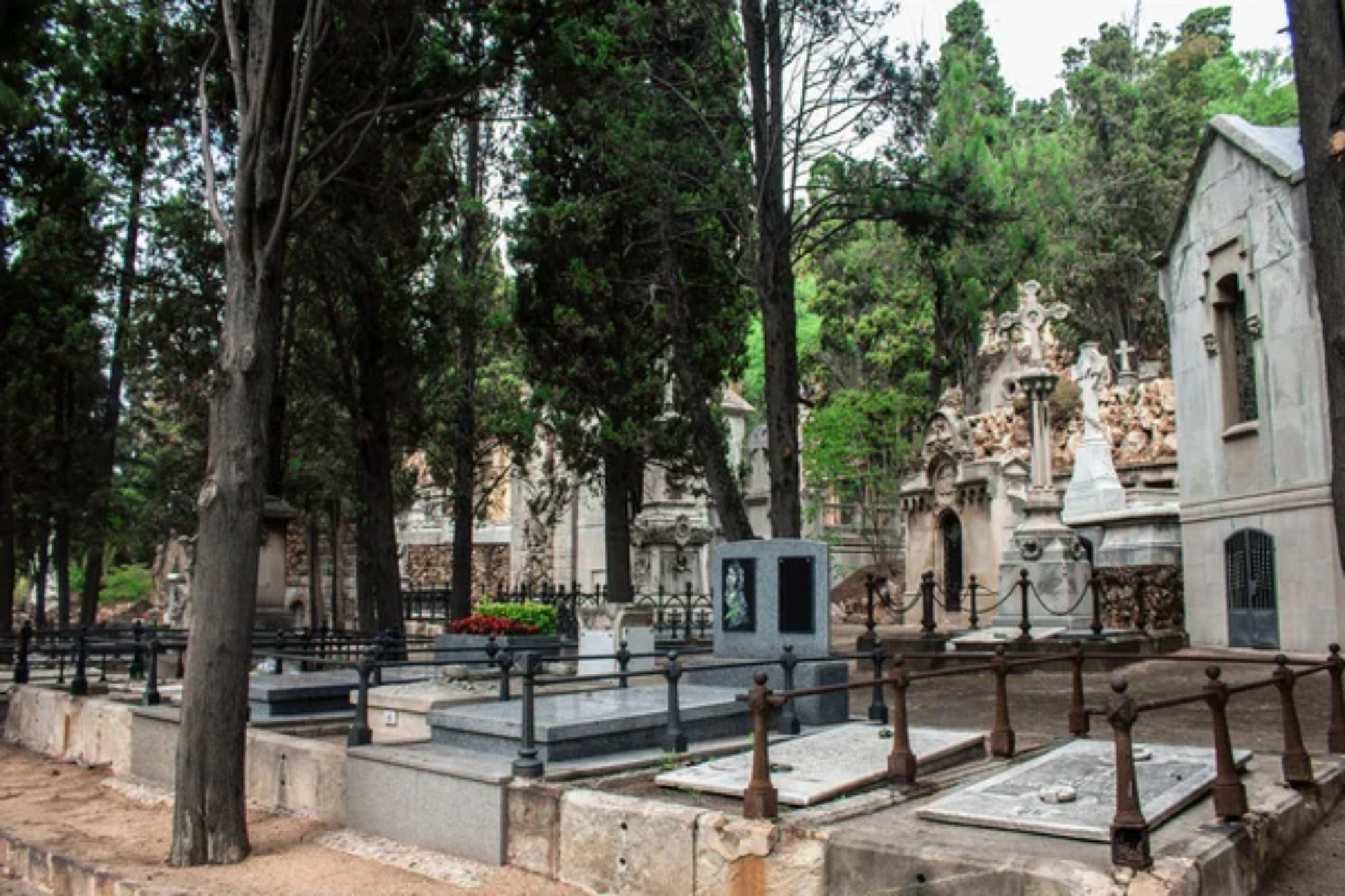
Perched on a hillside with views across the city and the sea, this 19th-century cemetery contains remarkable funerary sculptures and modernist mausoleums. The terraced grounds house the final resting places of Barcelona’s notable citizens, telling the city’s history through memorial architecture.
Walking these peaceful paths provides historical insight and contemplative solitude rarely found in urban environments.
Pedralbes Monastery
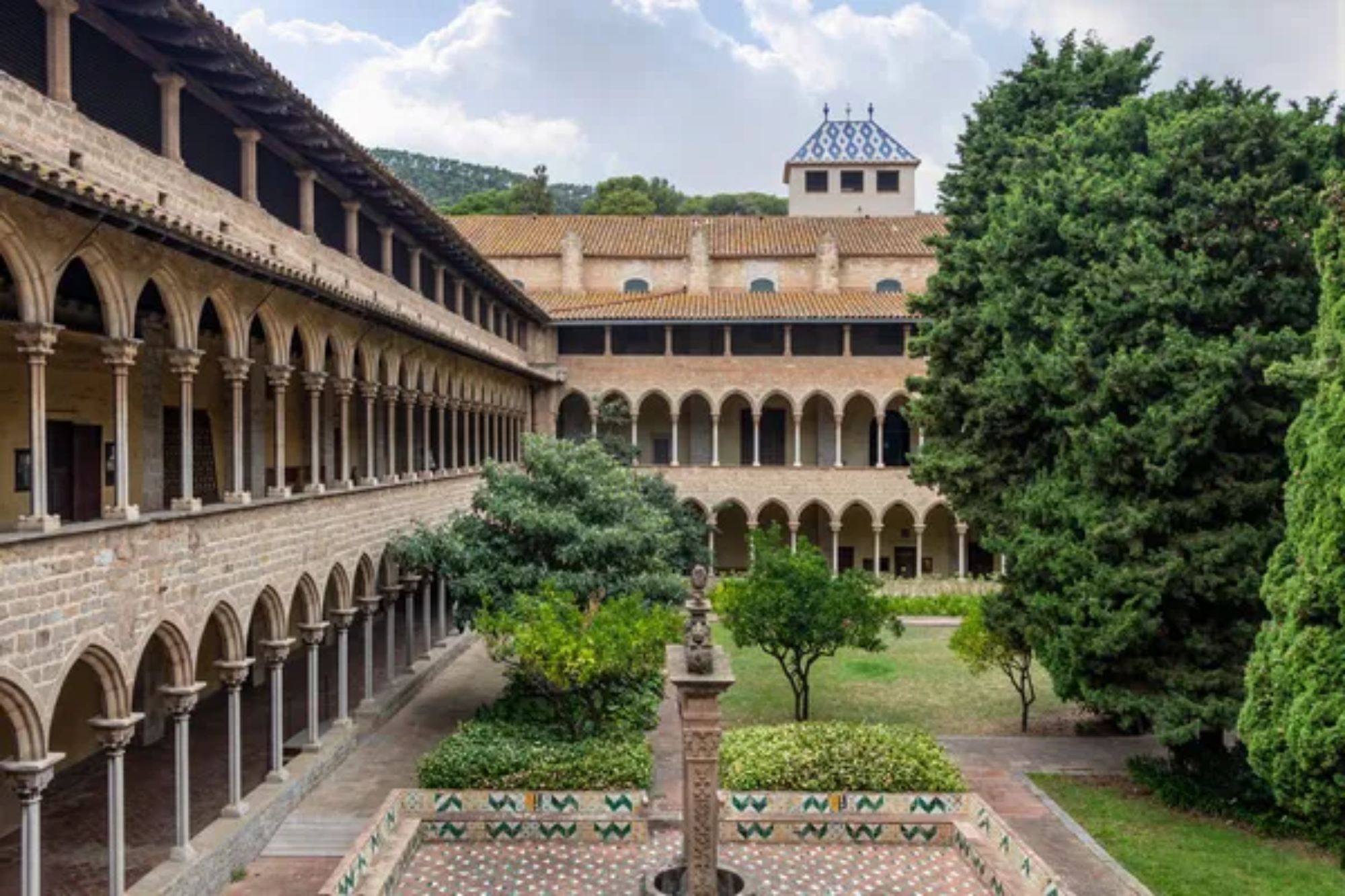
Founded in 1327 by Queen Elisenda, this Gothic monastery contains one of Europe’s beautiful medieval cloisters. A three-story courtyard with slender columns frames a tranquil garden, while the small museum displays religious art and royal artifacts.
Located in an upscale neighborhood far from the city center, this historical site receives few visitors despite its architectural significance.
Parc del Laberint Garden Pavilions
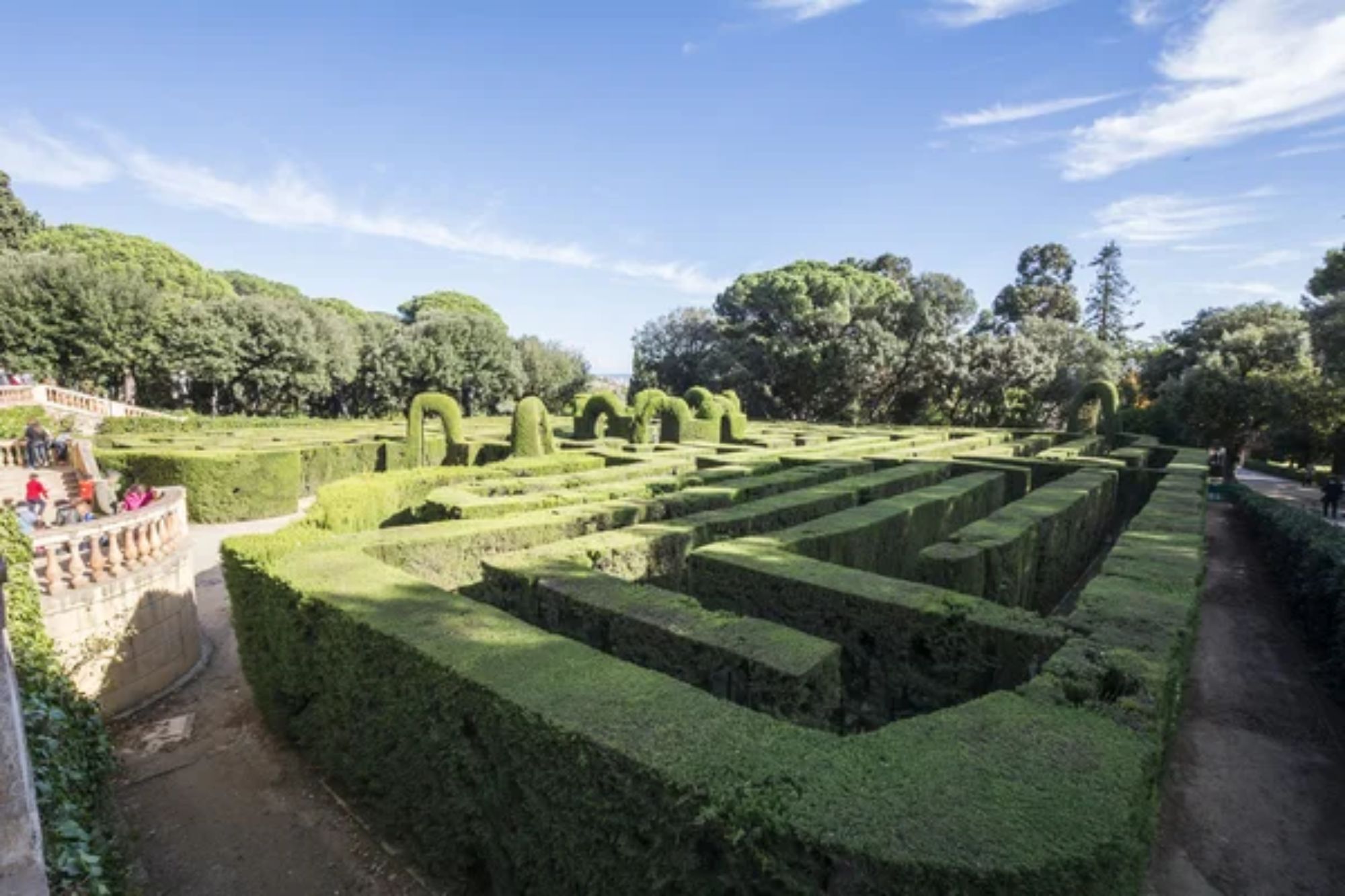
While the maze draws occasional groups, these historic park’s terraces and neoclassical pavilions are pleasantly undiscovered. Romantic gardens inspired by Italian and French designs create secluded nooks with classical statuary and carefully framed views.
The former private estate’s distance from central Barcelona ensures a peaceful atmosphere during peak tourist season.
Like Travel Pug’s content? Follow us on MSN.
Bunkers del Carmel Dawn Visit
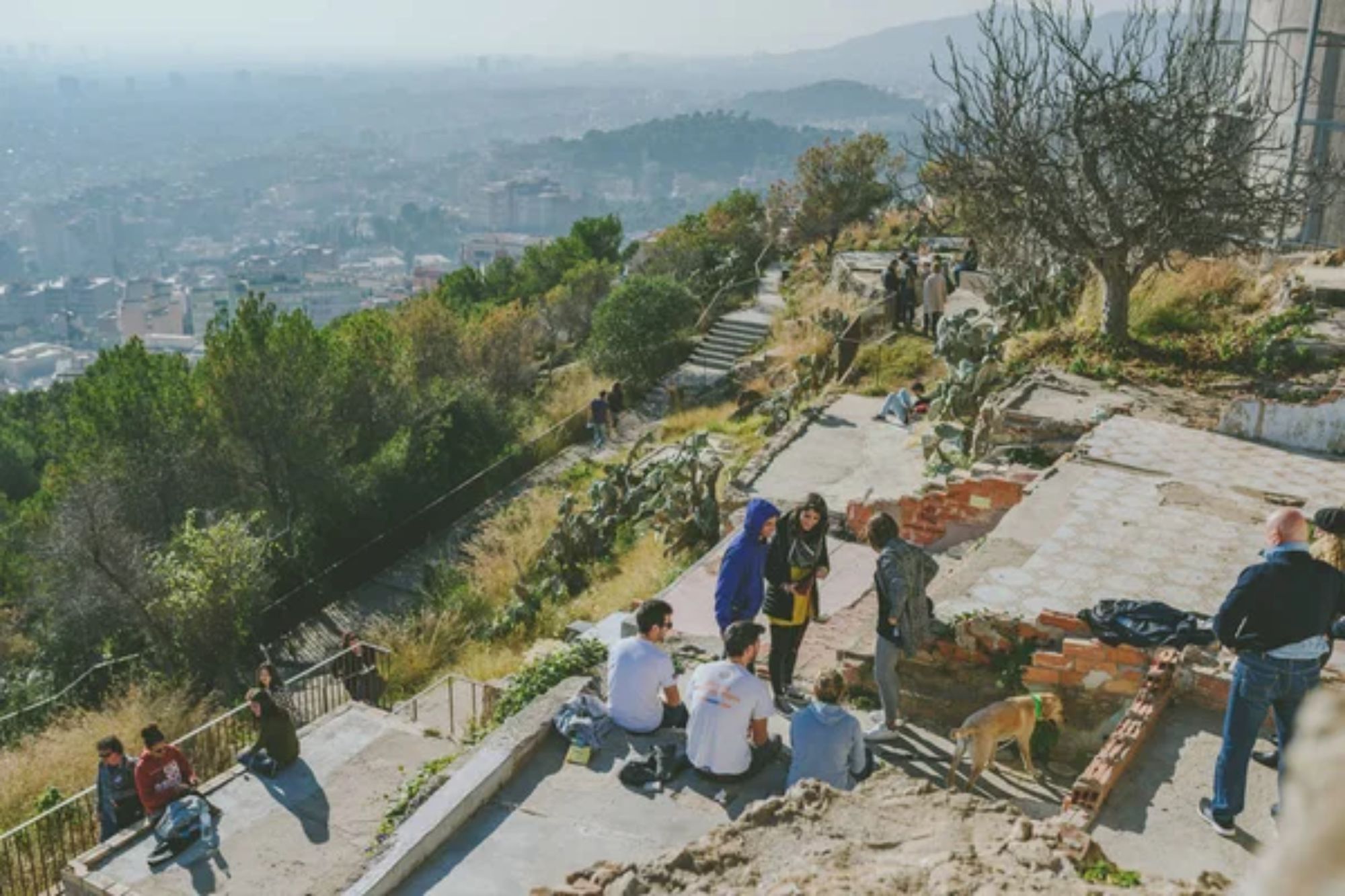
This former anti-aircraft installation has gained popularity for sunset views, but arriving at dawn provides a completely different experience. The 360-degree panorama takes on a magical quality as morning light gradually illuminates the sleeping city below.
Early visitors often have this spectacular viewpoint before the afternoon crowds arrive with picnic supplies.
Grec Theatre Gardens
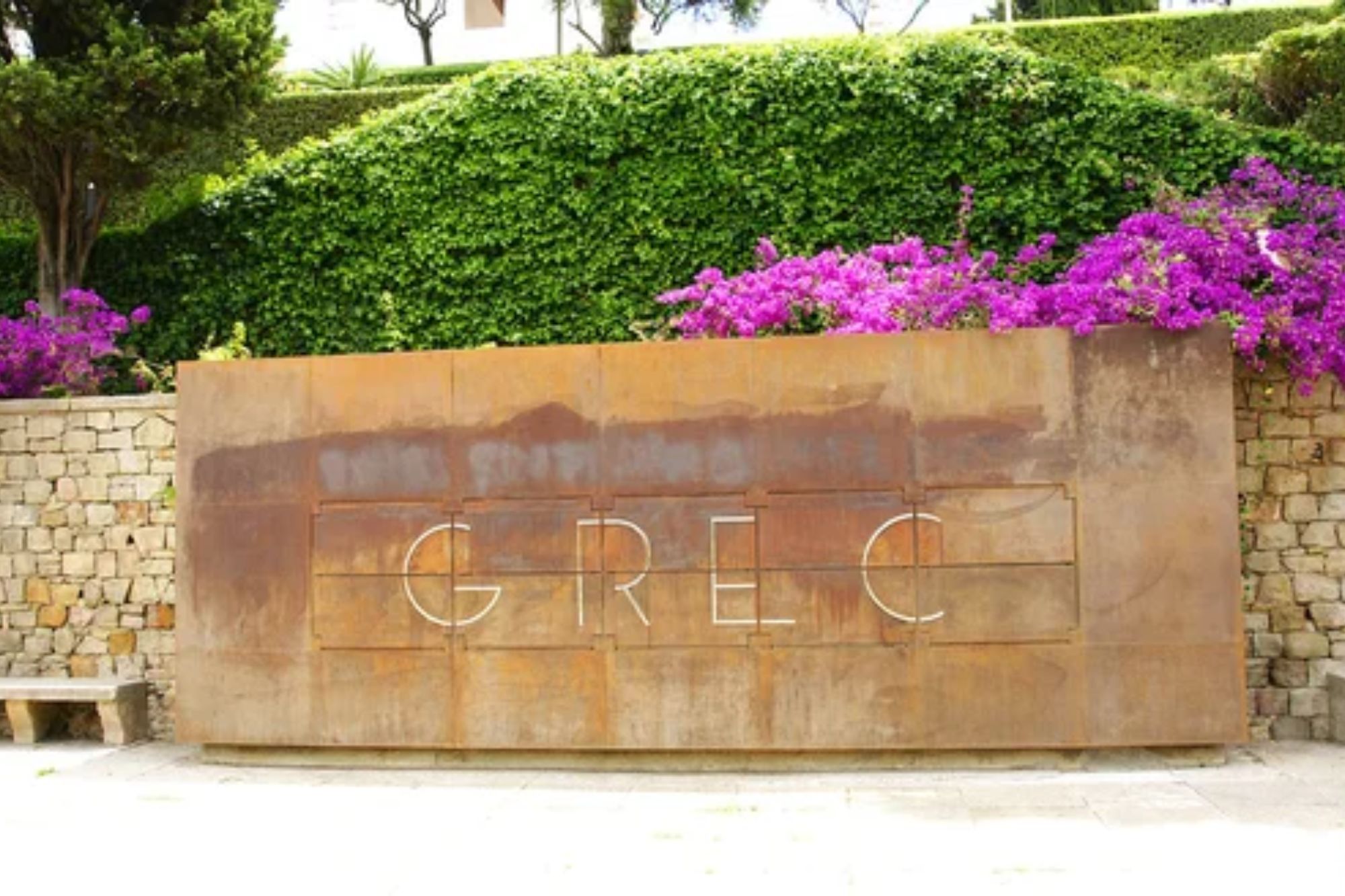
Originally built for the 1929 International Exhibition, this outdoor theatre and surrounding gardens are inspired by ancient Greek amphitheaters. Outside performance seasons, the terraced gardens with Mediterranean plantings provide a peaceful retreat on Montjuïc’s slopes.
Stone pathways lead through cypress groves and past reflecting pools, where few tourists venture despite their proximity to major museums.
Sant Felip Neri Square
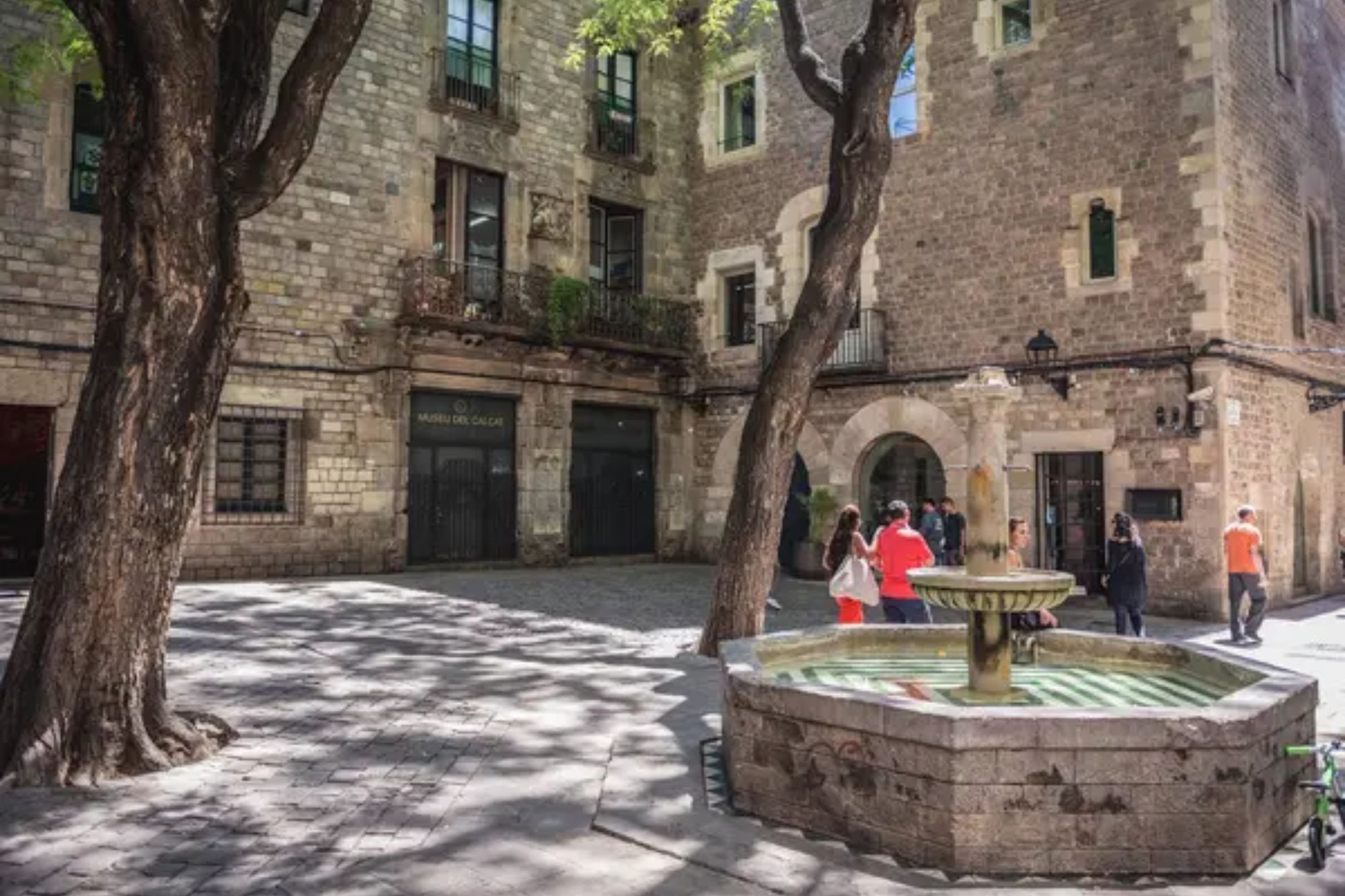
Hidden within the Gothic Quarter’s maze of streets, this tiny plaza tells a poignant story through its shrapnel-scarred church façade. The baroque church and Renaissance guild houses create an intimate space around a central fountain where children from the nearby school sometimes play.
Despite its historical significance and appearance in several films, the square remains overlooked by most visitors.
Like Travel Pug’s content? Follow us on MSN.
Parc de la Ciutadella Mammoth Museum
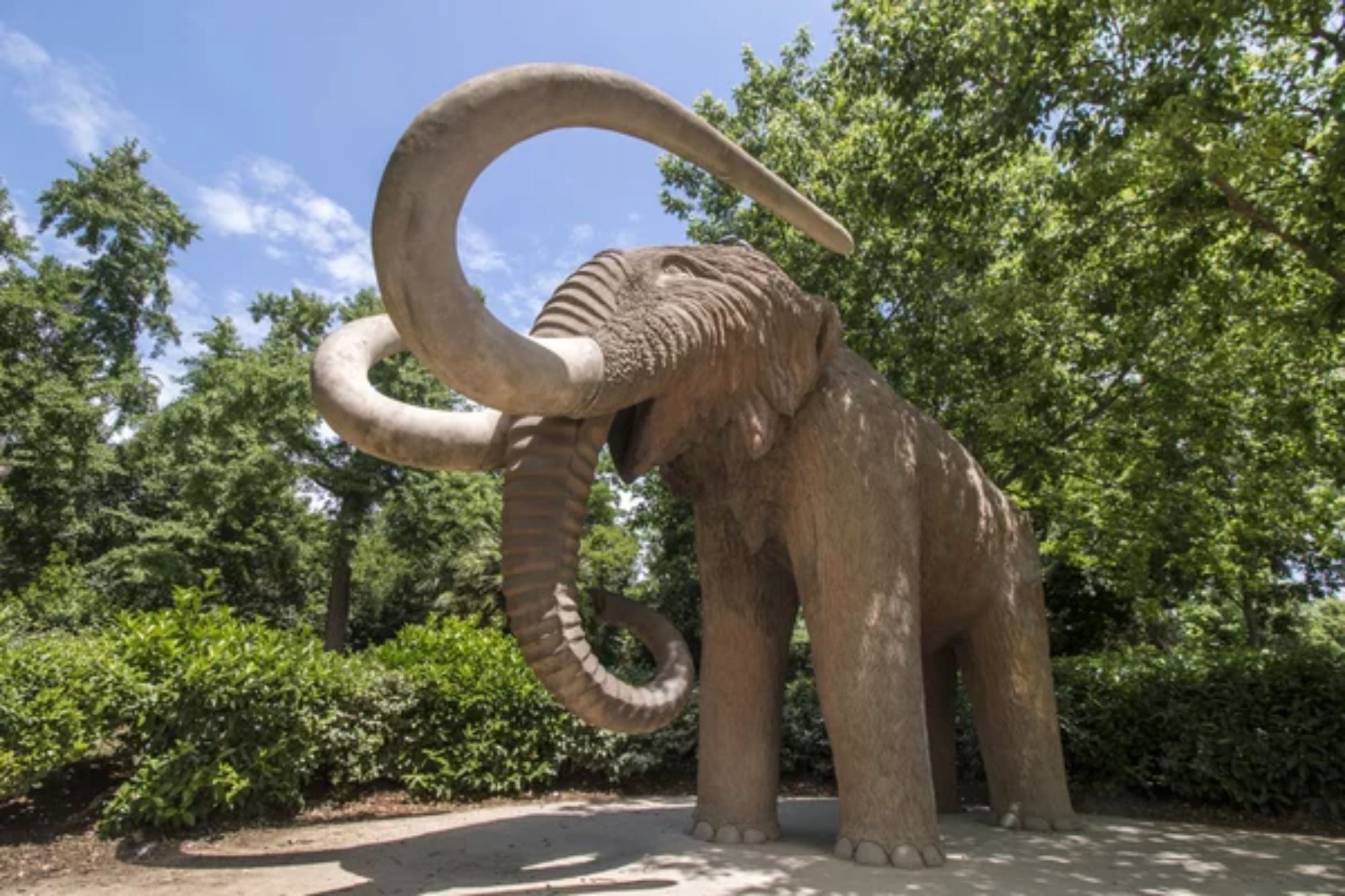
While the park draws crowds, the small Martorell Museum of Geology tucked inside remains surprisingly empty. The collection includes fossils, minerals, and a full-size mammoth replica that delights the few visitors who discover this institution.
The neo-classical building attracts attention, representing Barcelona’s first museum specified for this purpose.
Santa Caterina Market
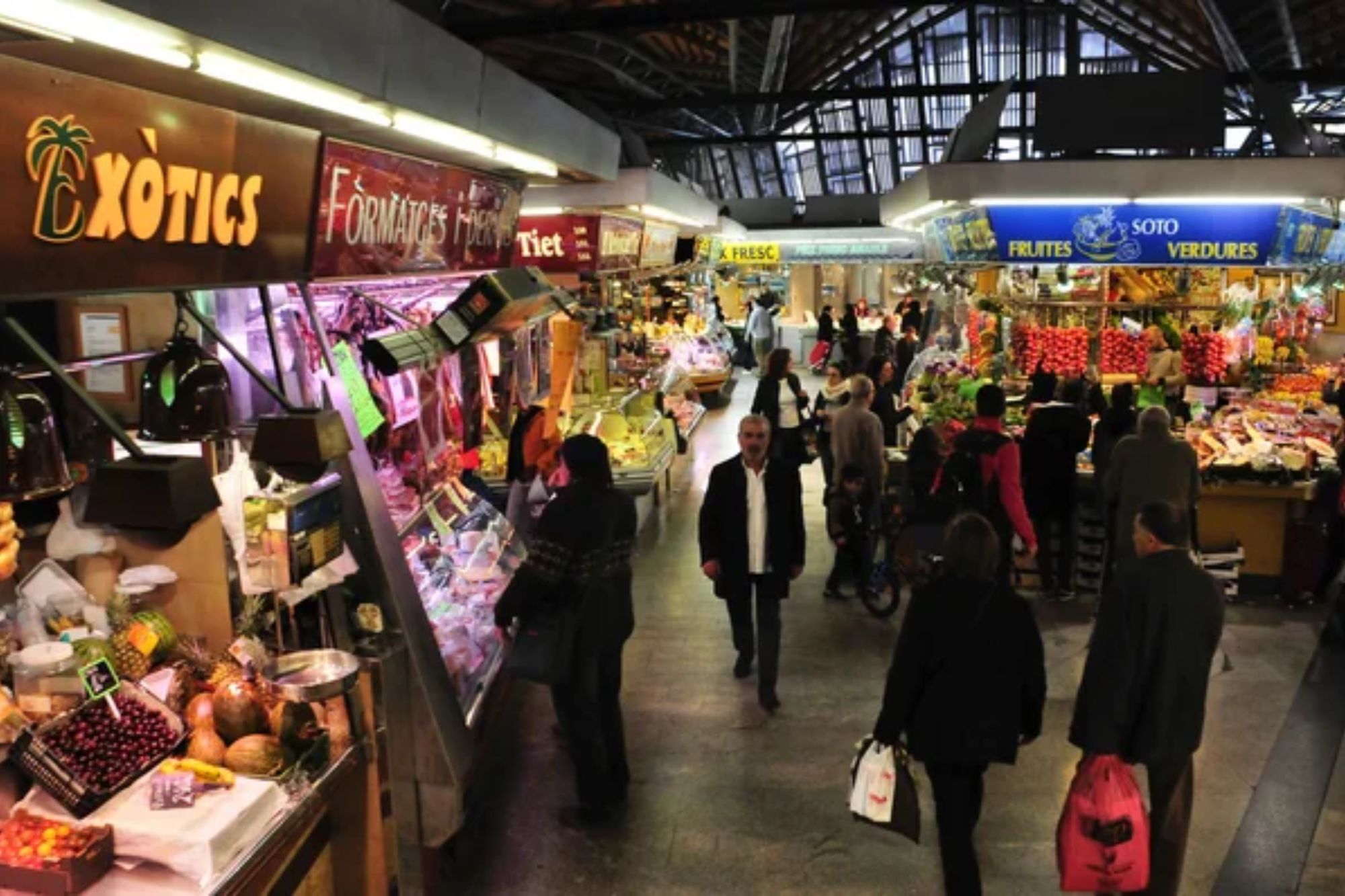
This neighborhood market serves residents beneath a colorful undulating roof designed by acclaimed architects Enric Miralles and Benedetta Tagliabue. The modern renovation respects the original 1845 structure while adding contemporary elements, including archaeological remains visible beneath glass floors.
Shopping alongside Barcelona residents provides authentic cultural insights without the camera-wielding crowds of more famous markets.
Authentic Barcelona Beyond the Guidebooks
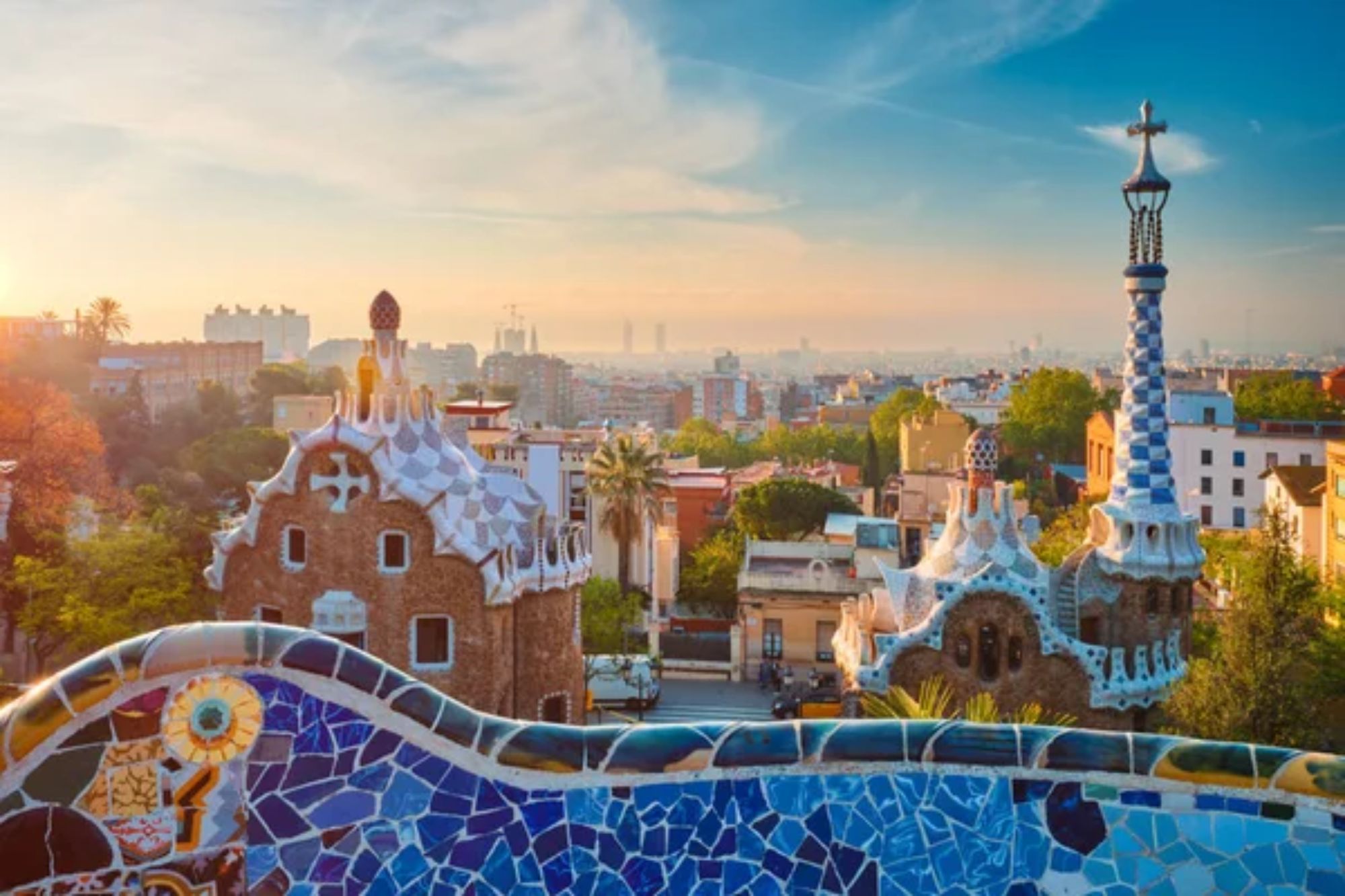
These quieter corners reveal Barcelona’s multifaceted personality beyond its postcard views and tourist magnets. The city rewards curious travelers willing to venture slightly off the established routes with memorable experiences and breathing room to appreciate them properly.
By discovering these peaceful alternatives, visitors often form deeper connections with Barcelona’s rich cultural heritage, diverse architecture, and natural beauty than those who visit only the most famous landmarks.
More from Travel Pug

- Cities Growing so Fast You Won’t Recognize Them in 10 Years
- 13 Destinations Where Tourists Regularly Regret Their Trip
- 20 Obscure WWII Sites Even History Buffs Don’t Know About
- 10 Under-the-Radar Mountain Towns That Are Both Affordable and Beautiful
- Remote Villages in Europe Where You Can Live for Free in Exchange for Work
Like Travel Pug’s content? Follow us on MSN.
